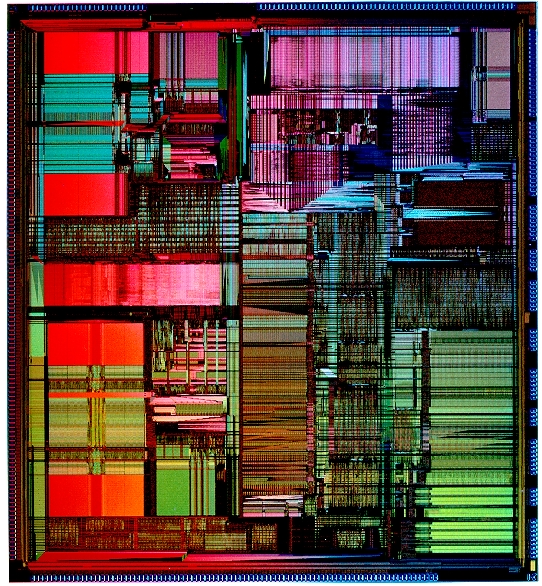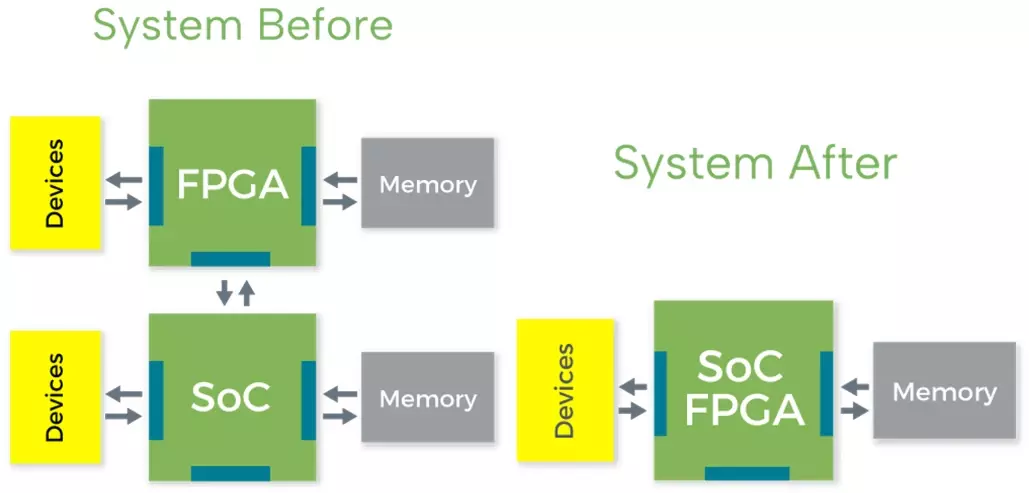- cross-posted to:
- electronics
- technology@lemmy.world
- cross-posted to:
- electronics
- technology@lemmy.world
Many volume applications use FPGA because they need in-field reconfigurability (changing standards, changing algorithms, etc) but they want to improve their system’s competitiveness (power, size, cost). FPGAs are bulky, expensive and power hungry. Integrating eFPGA can greatly improve the economics while maintaining full reconfigurability and performance.
We’ve found with customers that a significant portion of the LUTs in their designs don’t change with reconfigurations: they are fixed buses to bring data to and from the reconfigurable core. This can be hardwired so the number of LUTs needed in the SoC is typically half of what’s in the FPGA. There is also a lot of cost of voltage regulators for an FPGA that disappear with integration.
Typically, the cost of eFPGA is 1/10th the cost of the FPGA it replaces but with the same speed and programmability. Power can also be cut to 1/10th because most of the power in an FPGA is the power-hungry PHYs that are mostly not needed when using eFPGA in the SoC.
Why is the eFPGA less costly then the FPGA? incremental addon silicon cost?
Size gets smaller if you hardwire as much as you can instead of using LUTs when flexibility is not needed. Also if power is reduced, voltage regulators can get smaller. Overall, smaller size is higher yield and lower cost.
This article also compares the cost of same speed designs. Maybe it is even possible to use an older technology node if you want your eFPGA to have the same speed as an FPGA, that would have significant impact.
deleted by creator


